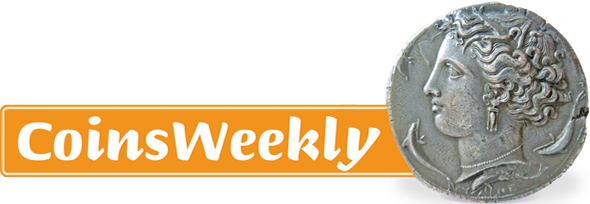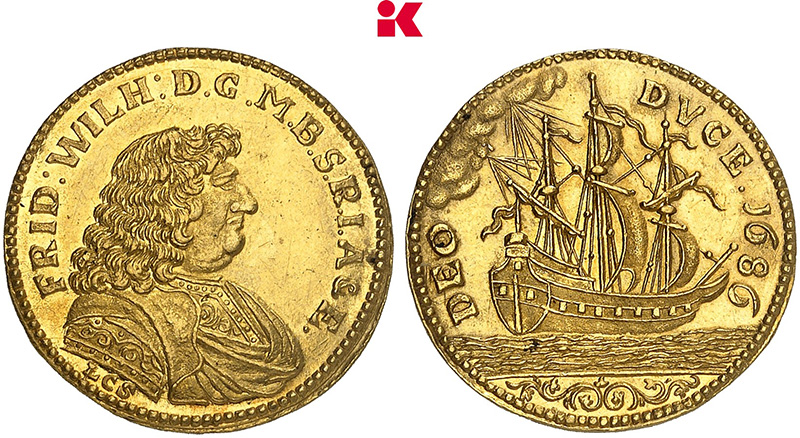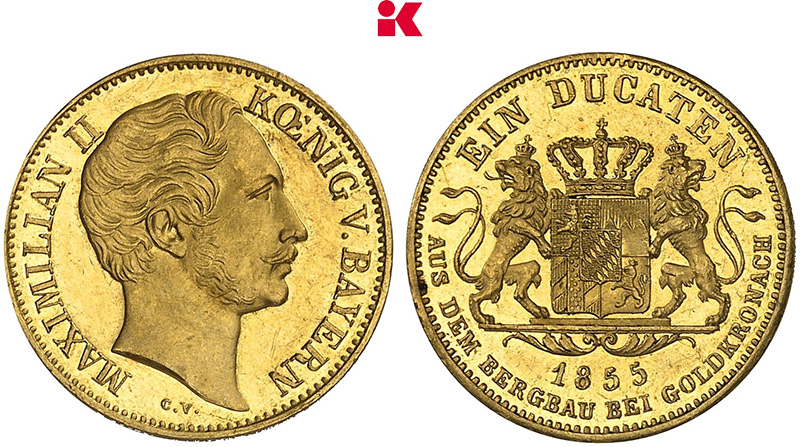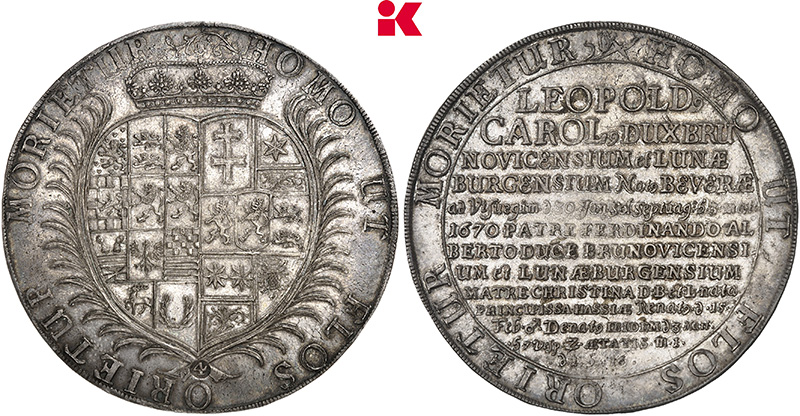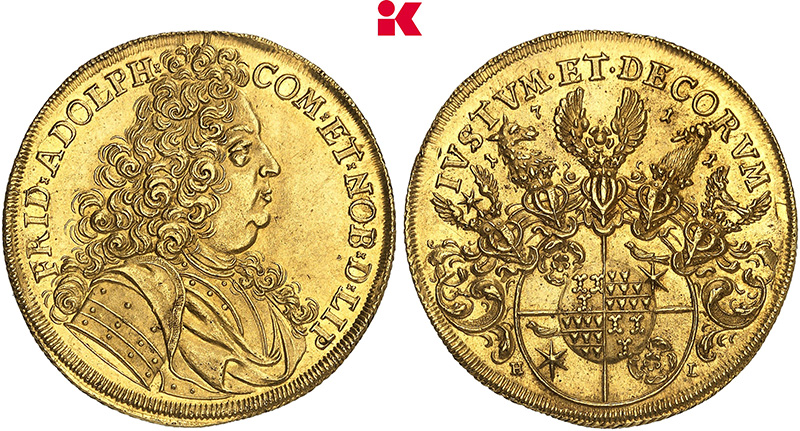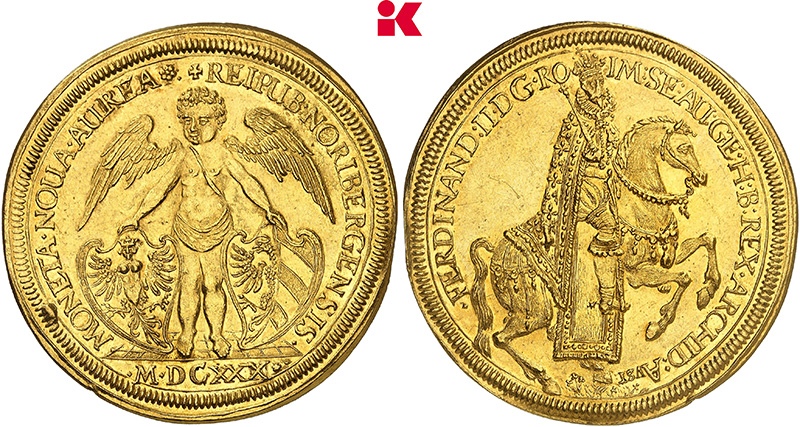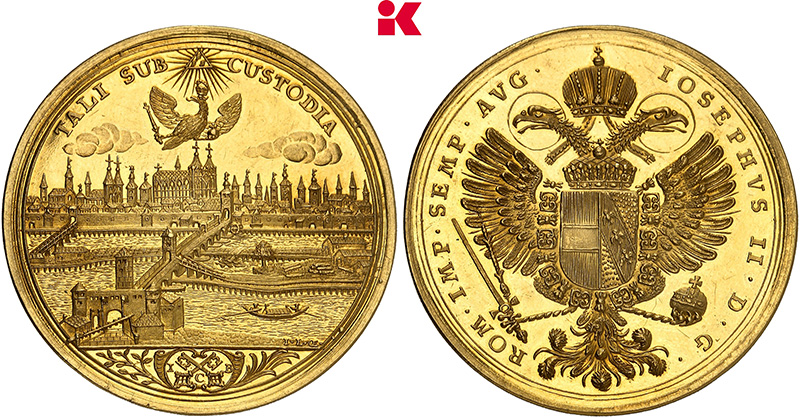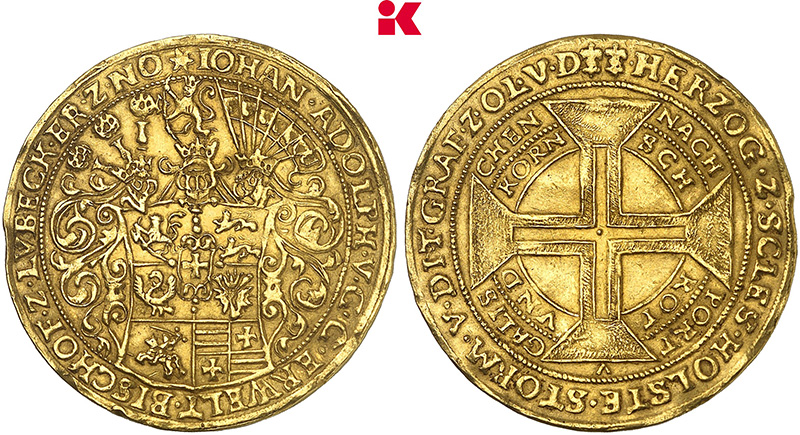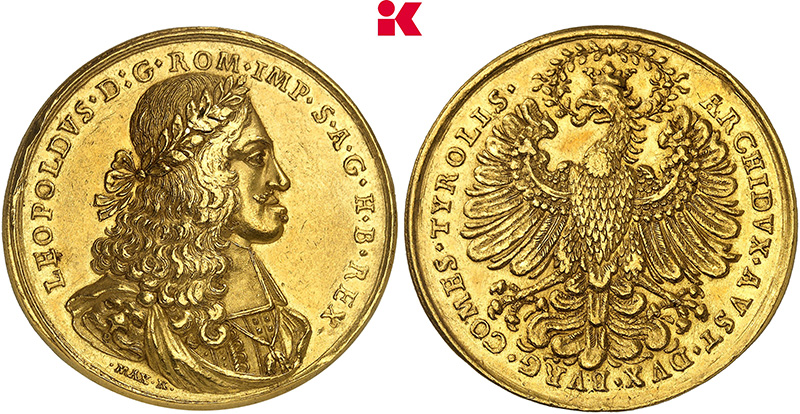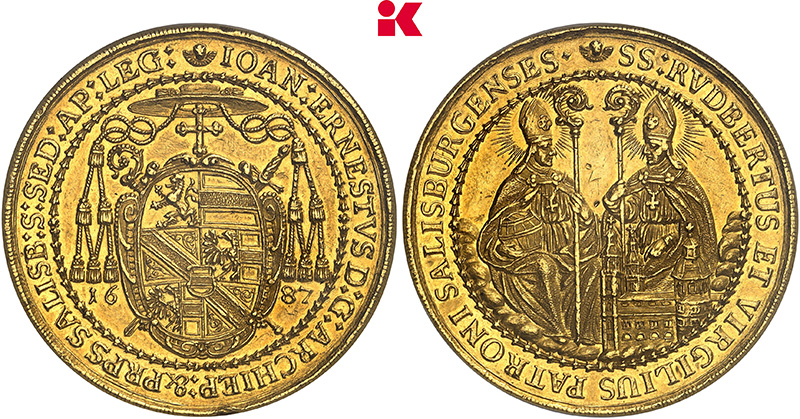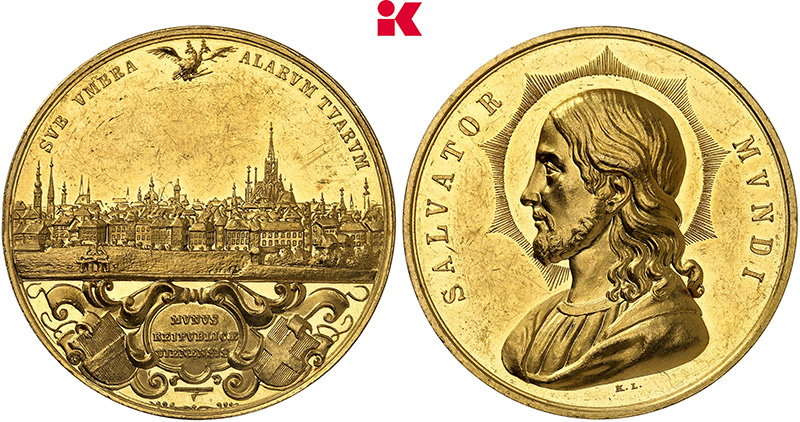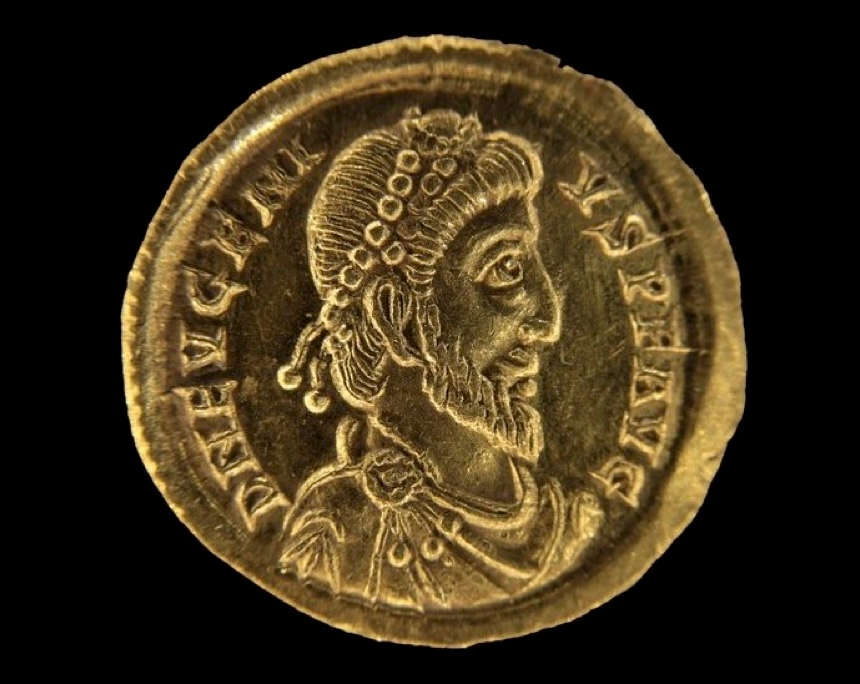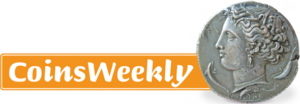Largest Hoard of Ancient Gold Coins Discovered in Luxembourg
by André Schoellen, translated by Maike Meßmann
At the end of 2019, two amateur archaeologists discovered a hoard of late Roman gold coins near Holzthum (Luxembourg) in the “um Rank” field. Between 2020 and 2024, the Gallo-Roman department of the CNRA (INRA from 2022) carried out a meticulous and secret study of the site. By way of explanation: With the new law of 25 February 2022 on cultural heritage, the “Centre national de recherche archéologique” (CNRA) became an independent research institute, the “Institut national de recherches archéologiques” (INRA). The hoard is the largest find of ancient gold coins ever discovered in the Grand Duchy of Luxembourg, even surpassing the “Moselle gold” hoard from Machtum, which was found in 1958 during gravel extraction in the bed of the Moselle and initially scattered to the four winds. The hoard from Holzthum “um Rank”, recently discovered while ploughing the soil, was recovered in its entirety and contains a total of 141 solidi dating from the last third of the 4th century.
Circumstances and Context of the Find
The Roman site at Holzthum, in the parish of Hosingen, had been known to archaeologists for some time. The large blocks of stone, mentioned in records of 1972 and 1977 and used in the village, suggested that there were foundations of a Roman tomb on an old ridge road. Around 2012, an amateur archaeologist – one of the two finders of the hoard – saw several large circular vegetation features on an aerial photograph from the Luxembourg Geoportal, suggesting a late Roman burgus with a ditch and rampart system.
In an email exchange on the subject of Roman burgi in Luxembourg between André Schoellen, head of the CNRA’s “Service de la carte archéologique” who is responsible for metal detector research permits, and Dr Jean Krier, former curator of the CNRA’s Gallo-Roman department, the latter advised that the site should be checked by means of visual and geophysical surveys.
This was done with the help of two trusted local amateur archaeologists. On a “volunteer mission”, they looked for typical late Roman surface finds such as pottery and small 4th century coins. Much to their surprise, they found several solidi scattered on the surface. With the help of a metal detector, this first survey in the autumn of 2019 yielded a total of 36 solidi, the location of which the finders pinpointed with the help of a GPS receiver, as required by the prospection procedure. They immediately reported the find to the relevant government agency.

Nine of the 141 solidi of the hoard. They show the emperors represented in the hoard, from Valentinian I and Valens to Honorius and Arcadius. Photo: Copyright INRA Luxembourg.
Composition of the Hoard
Firstly, it should be noted that the vast majority of the pieces are in near mint condition, with very few signs of wear. This indicates that they were hardly ever in circulation and had not been in the farming layer of the soil for too long, otherwise they would have been damaged by agricultural machinery.
The 141 coins come from various mints in the late Roman Empire. Almost a third of them were struck in the late imperial residence of Treveris (Trier), just 45 kilometres away as the crow flies. The other mints are Rome, Milan, Aquileia, Arles, Sirmium, Antioch, Constantinople and Smyrna.
The emperors depicted on the obverse of the solidi are Valentinian I (364-375), Valens (364-378), Gratian (367-383), Valentinian II (375-392), Theodosius I (379-395), Arcadius (395-408) and Honorius (395-423), as well as the two usurpers Magnus Maximus (383-388) and Eugenius (392-394). The latter is the only one of the aforementioned rulers to be depicted with a “philosopher’s beard”, making him easily recognisable. Due to his short reign of two years, relatively few coins were struck under his rule. They are therefore quite rare and of particular numismatic value. The Holzthum hoard contains three solidi of Eugenius in near mint condition.
All 141 coins were scattered across the ploughing layer, according to the INRA’s findings. The hoard was kept secret until the end of the excavations in 2024. There was always a risk that “robber diggers” would get ahead of state archaeologists or damage the site. The archaeological investigations on site revealed an elaborate system of ditches and ramparts, with the foundations of a massive tower building at the centre. Two well shafts and a cellar were also examined.
Although all the finds and details from the 2020-2024 excavations have yet to be analysed, it seems that the hoard from Holzthum is in line with a whole series of comparable hoard finds from the area between the Moselle and the Roman border areas on the Lower Rhine.
Acknowledgements
We would like to thank Mr André Schoellen for providing this report. André Schoellen is the former head of the Service de la carte archéologique CNRA/INRA in Luxembourg.






